4 Features That All Successful Websites Must Have
Your website is one of the most important aspects of your company. Even if your services are stellar, products are best-selling, and vision is unbeatable, this will only reach your audience if you have a gorgeous website that conveys accurate information succinctly and elegantly. Though it might be tempting to hand over the reins of your website to a third-party developer and wash your hands off the process, you need to be directing your website every step of the way. This includes the initial launch and the constant upgrades and features you want to add to it. To streamline this process and ensure you have every shot at success, we’ve listed four essential elements your website must have.
Design That Aligns With The Company
Everyone knows that design is a vital part of your website. However, the artwork, color scheme, and layout need to align with the company’s vision and what you aim to represent. For example, you could be a social work company, but the first thing the user sees when they land on your page is a list of products to buy. Though the profits of these products might go towards sustaining the work you do, it might send the wrong message to the viewer. Similarly, suppose your website is about anxiety awareness, and you have a big bolded font in bright red. In that case, this could put off a viewer as they might feel uncomfortable in the space. Design is another conduit—a medium as influential as good copy—for you to accurately convey your vision so that the right audience resonates with it and engages!
2. Mobile Version Vs. Desktop
Because of the accessibility of phones, most people end up doing a lot of research on a small screen. It’s great to spend a lot of time perfecting the details of the desktop layout of your website, but make sure that the same diligence is applied to the mobile version. The thought, care, and effort put into a horizontal version of your website must transfer into a vertical one. This is important because although many website building softwares can move your existing layout into a mobile version, they often lack certain aspects. For example, a drop-down banner on your website lets you hover across various options, but the exact format might not work for phones. Instead, you could have to create a different version of the menu so that the user can access all parts of your website as quickly as they could if they used their laptop.
3. Ease Of Use
There’s nothing more frustrating than a website that is confusing to navigate. In the world we live in today, customers will always have hundreds of options besides you. One thing you could do to elevate your brand above the competition is to have the sleekest layout possible that allows users to intuitively navigate the website. Along with concise copy and a great design, visual cues should be used to make the website experience easy for customers. Another thing to keep in mind is that you’ll have people with different needs coming to your website. Some will go with a specific goal of seeing your previous work or finding contact information. In contrast, others will simply stumble upon it and casually browse.
For example, the former will require clear pages that list the company’s information in separate sections instead of a vague “About Us” that attempts to include all these different factors. On the other hand, the latter will need to be visually stimulated through interesting products, beautiful illustrations, and an exciting company message for them to remember the brand and return to it. Every company must also do its due diligence regarding specially-abled customers. If a company relies entirely on a color palette of green and brown, color-blind users will not be able to engage with the website. Ultimately, all of these possible user experiences account for how easy your website is to navigate and
4. Call To Action
A “call to action” is simply what a company wants customers to do when they land on its website. If you have an online retail store, you’ll want your customers to add things to their cart and ultimately buy them. If you have an NGO, you’ll want users to volunteer, spread the word, or donate. Lastly, if you a cake shop that only bakes custom orders, you’ll want to tempt the viewer enough that they reach out to you and place a special order. What you want your users to do needs to be apparent and straightforward. A clear call to action will encourage engagement with your website (boosting its search ranking) and result in a more productive relationship with your users. Call to action is also a great way of learning more about your customers so that you can reach out to them more efficiently. Some ways to do this are by providing first-order discounts that pop up on the side of the web page, encouraging users to sign up for newsletters, or being direct about wanting more engagement with the company’s social media. The goal is to let the user know what the company is about and what customers should do while never being pushy.
While many more features make a successful website, these are four unmissable ones that can elevate your company. Whether you’re in the middle of a website redesign and are looking for inspiration, or you simply want to know what to add to your to-do list, keep these tips in mind for the best possible representation of your brand.
Always in your corner,
The Content Queens
